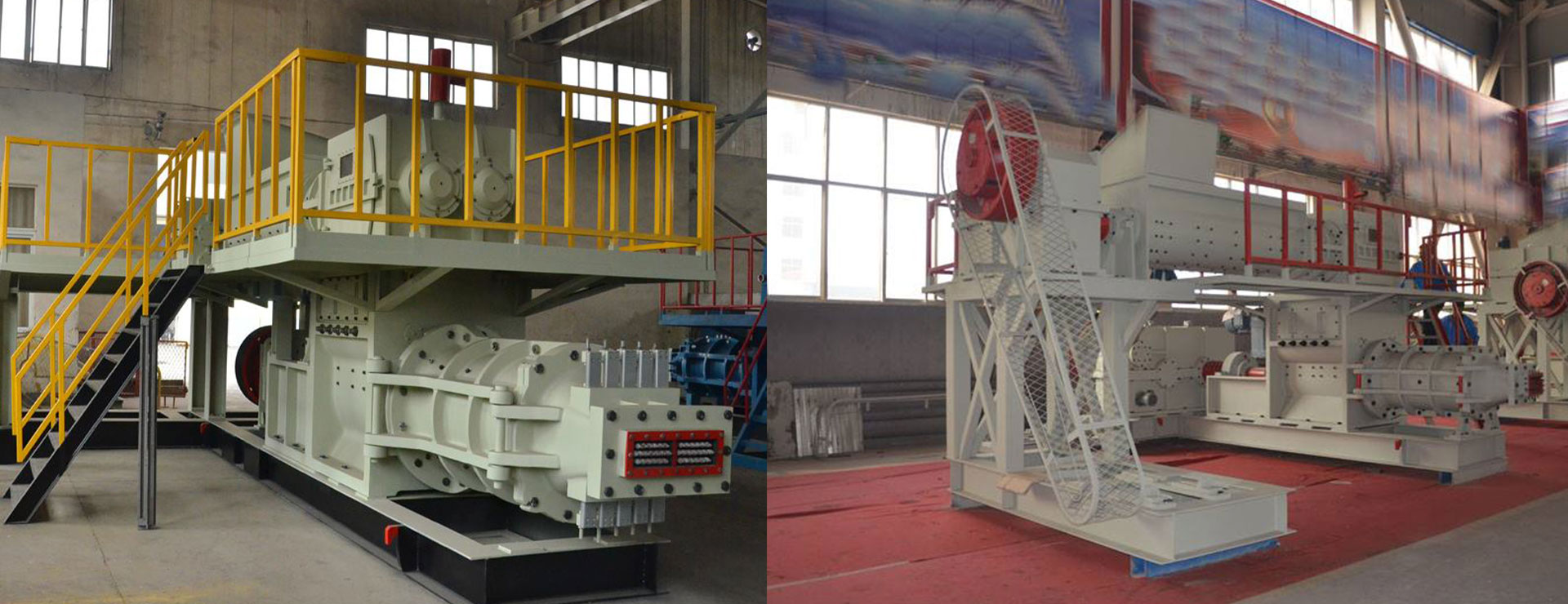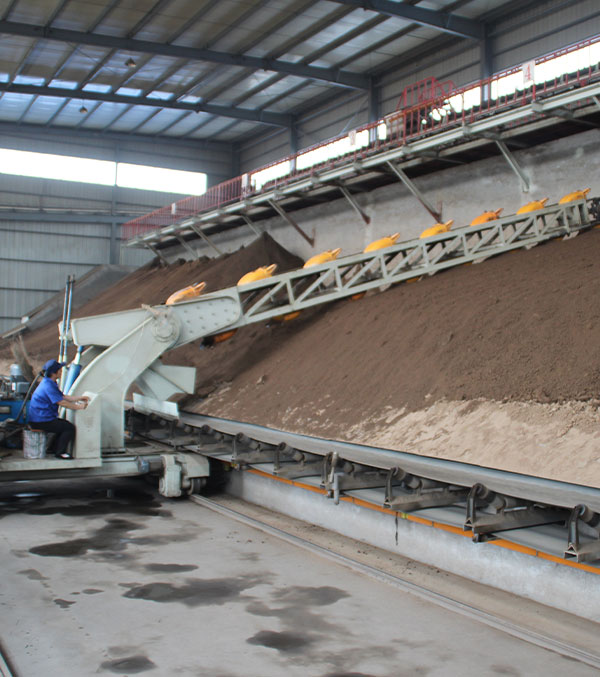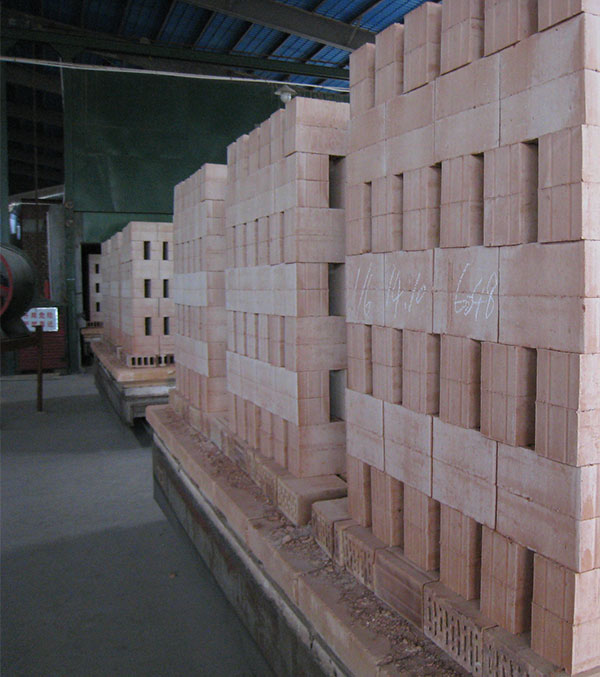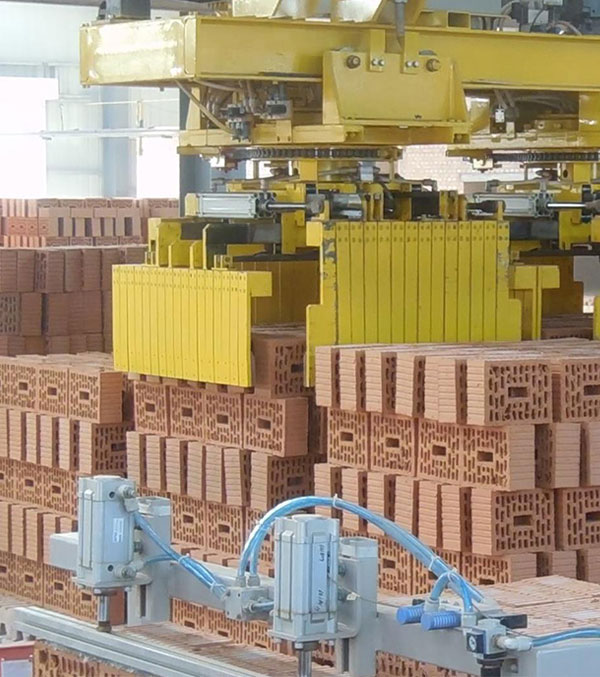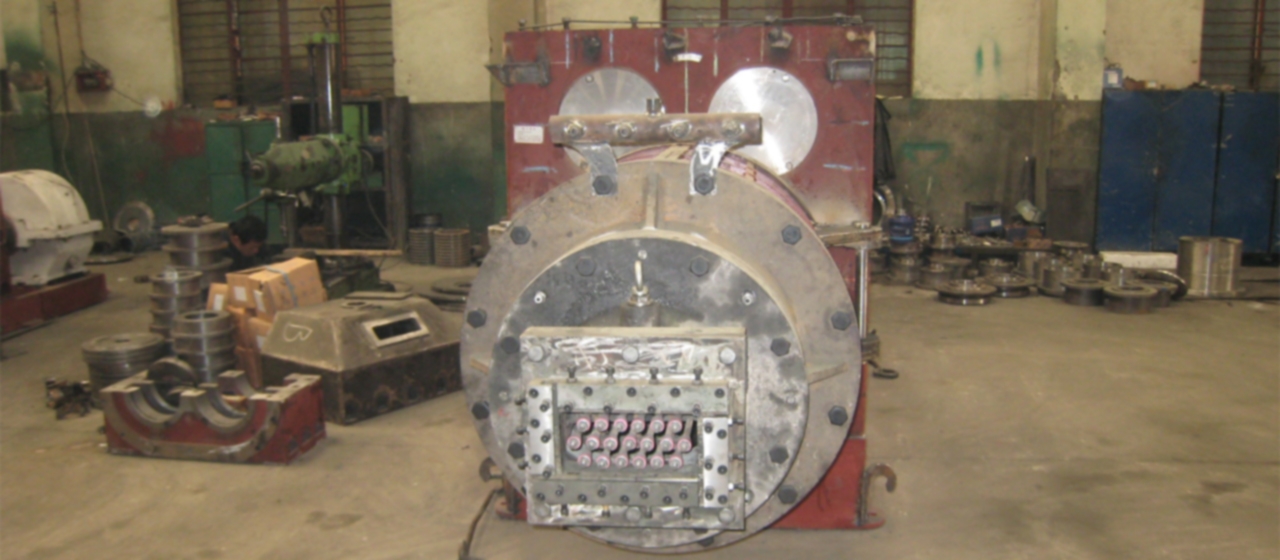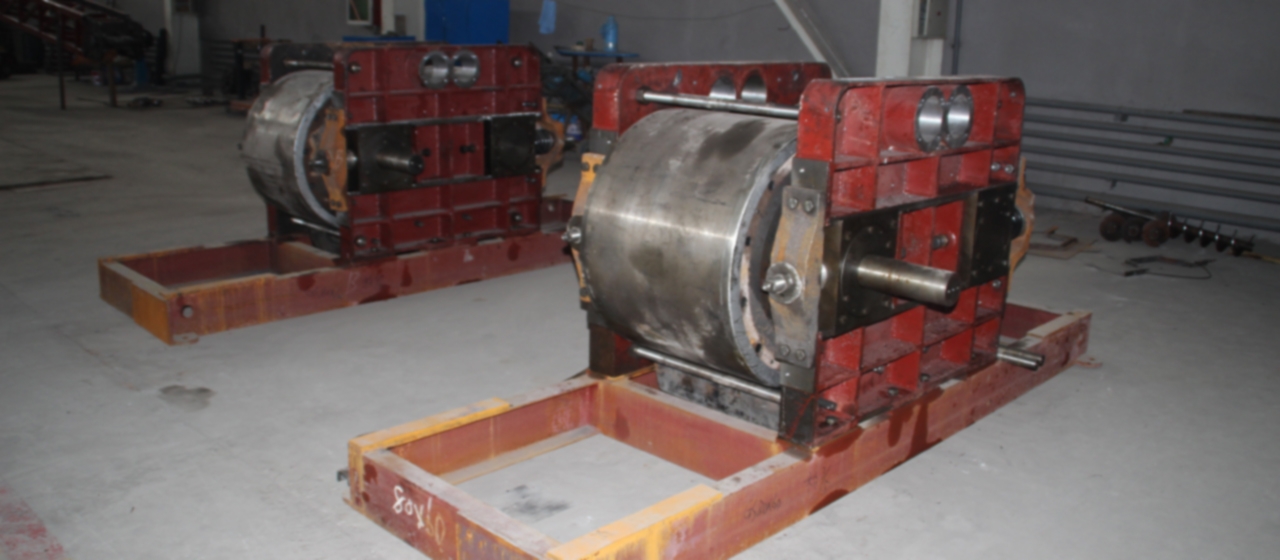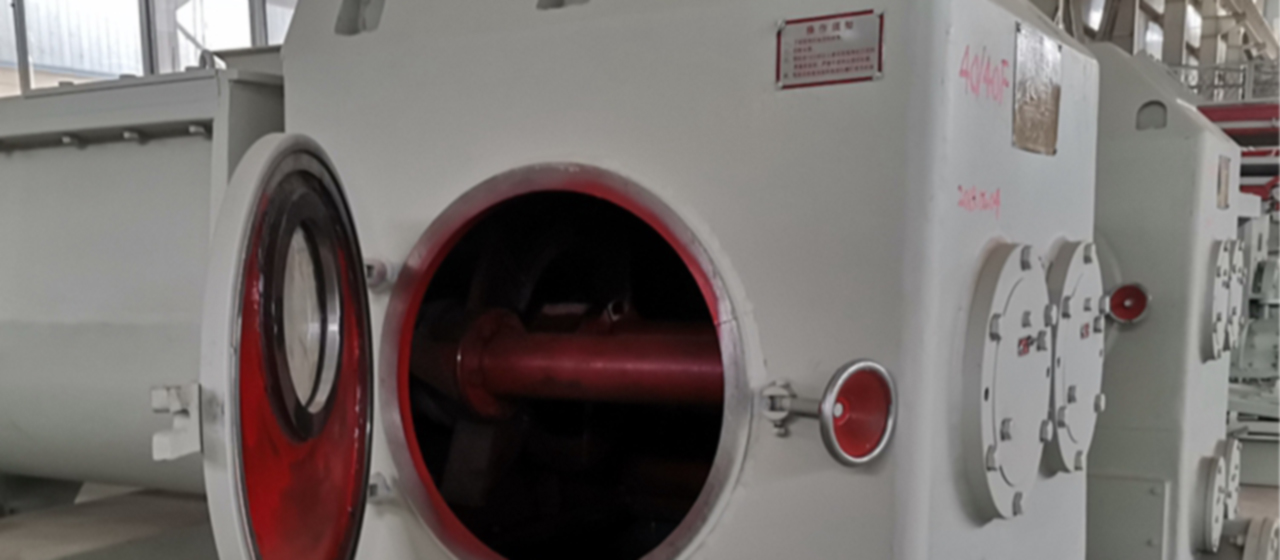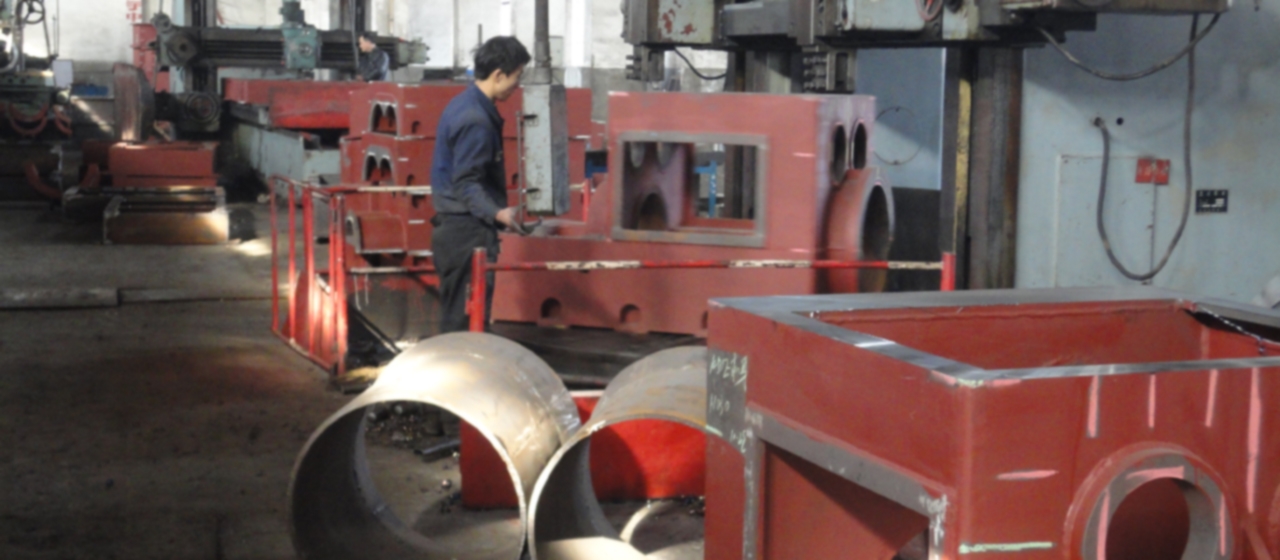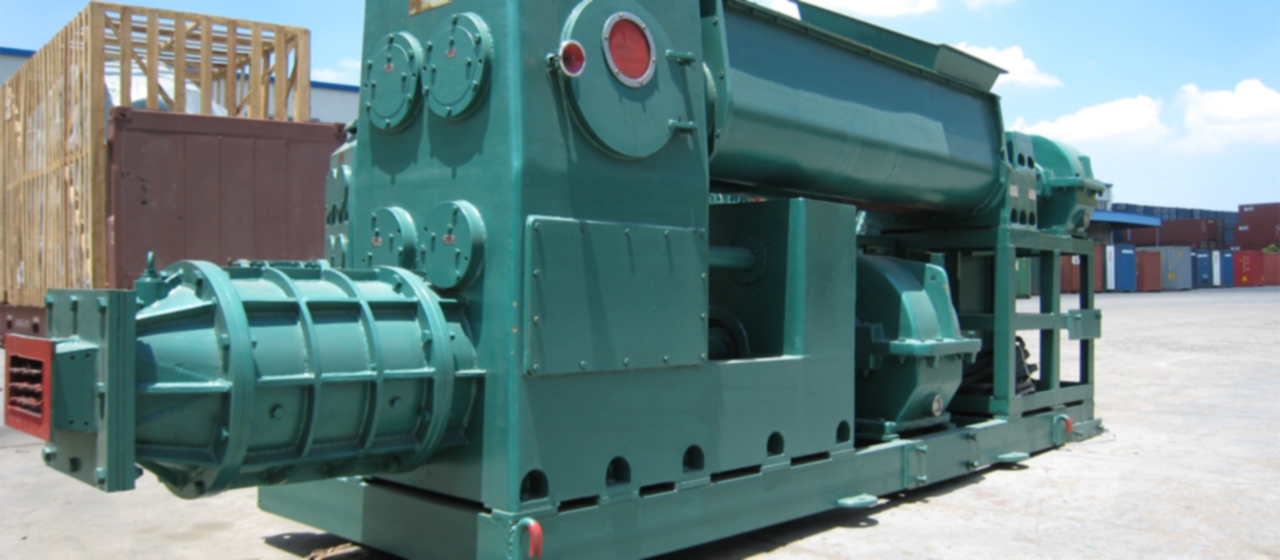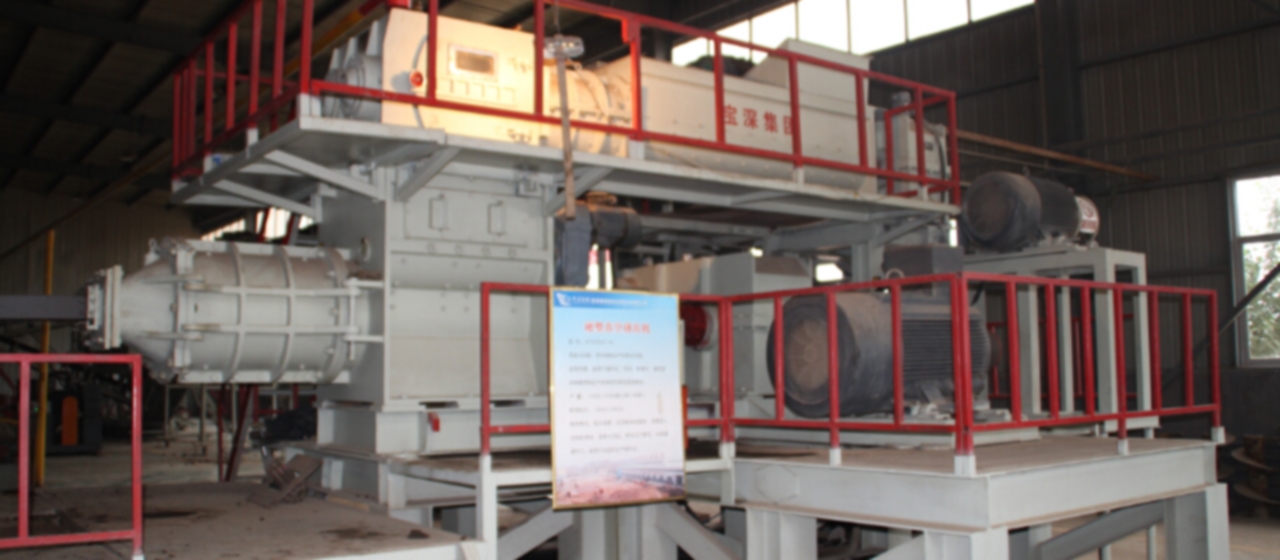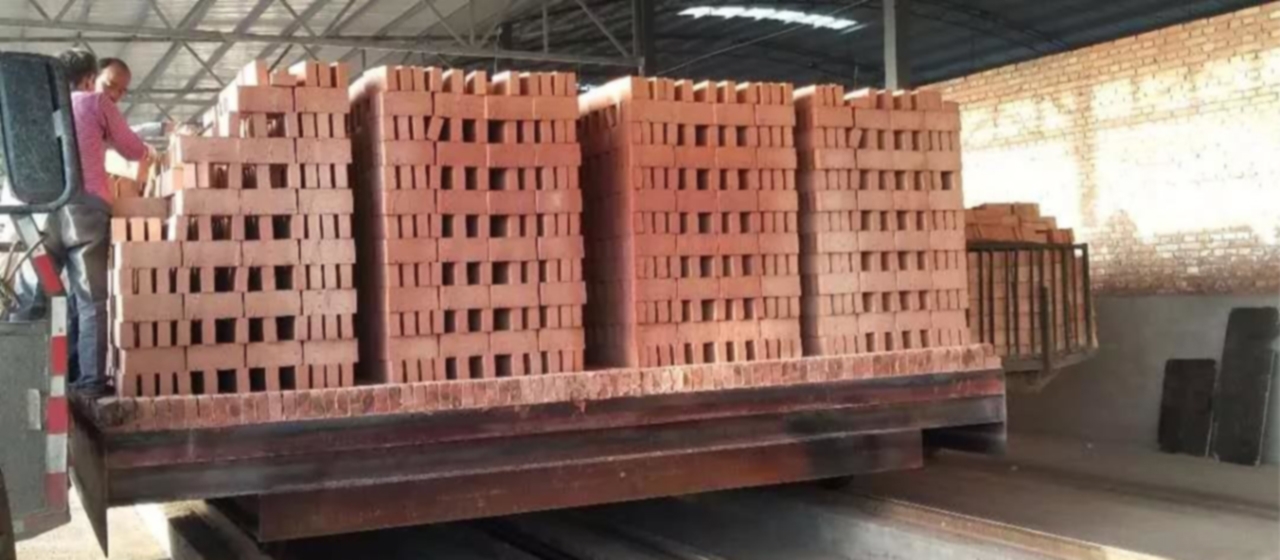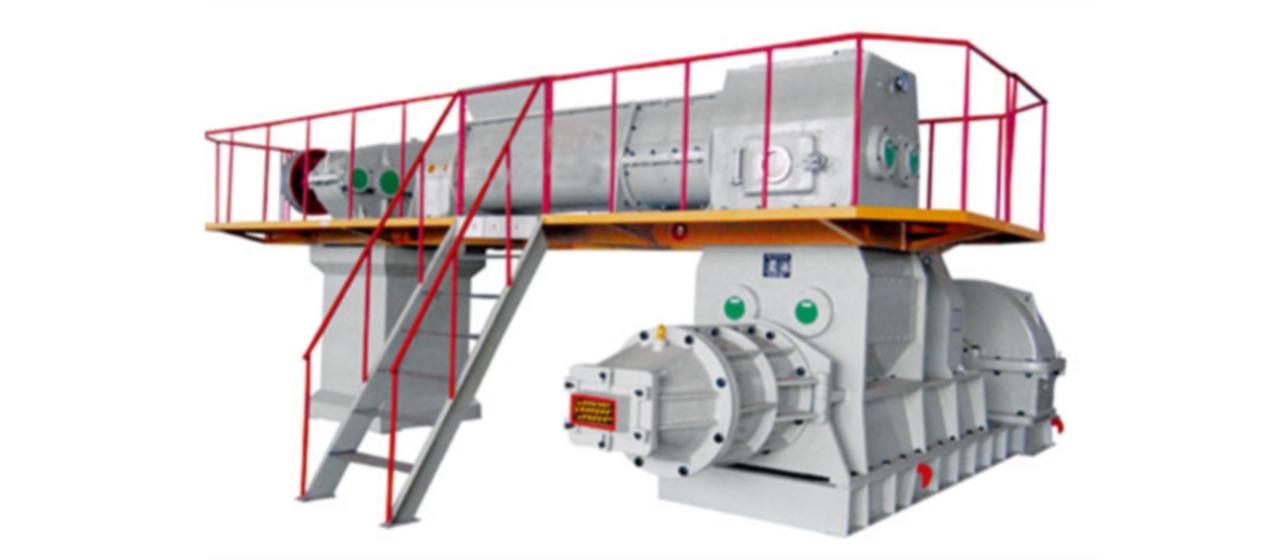Vantagens dos tijolos ocos de barro vermelho na construção moderna da China

–1—
—2—
As casas construídas com blocos de isolamento térmico de alto desempenho têm um valor de uso a longo prazo devido à durabilidade muito boa dos materiais sinterizados, which can ensure that the investment can serve several generations. High-quality sintered brick masonry buildings can be sold at high prices.
—3—
The comfort of the living room is good. A house built with high-performance thermal insulation blocks can make the interior feel very comfortable. Because of the countless micropores in the sintered product, it can adapt to the change of indoor and outdoor humidity very well, so it can ensure that it has a very good storage capacity for water vapor and a very good release capacity. The sintered building materials have a warm-colored surface, which can buffer the changes in humidity and heat. The sintered building materials have very few harmful substances, which can ensure a healthy indoor environment and make people feel comfortable indoors.
—4—
Due to the pores formed when the sintered block is formed and a large number of microporous structures are left during sintering, the external wall constructed with it has excellent thermal insulation performance.
—5—
Since the sintered blocks can naturally absorb the energy of the sun, it can also absorb and store the heat generated in the room. The heat absorbed by the wall can be released into the room through the wall, but the release time is longer-the temperature delay time is long. In winter, this process of absorbing and releasing heat balances the fluctuation of indoor temperature, which saves energy for heating, and at the same time feels comfortable and warm indoors, and cool in summer.
—6—
Blocos sinterizados têm características ideais de absorção e liberação de umidade. Ele absorve a umidade interna e libera a umidade na mesma proporção que o bloco. A superfície da parede pode ser mantida relativamente seca em qualquer estação, que garante o conforto do ambiente interior.
O produto de material de cobertura de parede sinterizado é um produto com um sistema microporoso. Sua função de condução de umidade pode ajustar a umidade no edifício, e a velocidade de absorção de umidade e drenagem é igual. A absorção de água e a velocidade de drenagem dos tijolos são maiores do que outros materiais de construção 10 A resistência estrutural do edifício não é afetada de forma alguma quando a água é absorvida e descarregada. Isso por si só pode melhorar o ambiente de vida e fazer com que o corpo humano se sinta confortável. Além disso, o teor de umidade de equilíbrio da alvenaria de tijolo é muito baixo, o que aumenta o efeito de isolamento térmico da alvenaria.
A humidade de equilíbrio na parede de um edifício refere-se ao equilíbrio entre a humidade deixada na parede após a secagem e a humidade da atmosfera. Para alvenaria de tijolo, esta umidade de equilíbrio é responsável apenas por 0.3% para 0.7% do seu volume. Em comparação com outros materiais de construção, este é um valor muito baixo. É justamente por esse valor baixíssimo que proporciona um ambiente confortável e saudável para quem mora em prédios de alvenaria. A velocidade de absorção de água e a velocidade de drenagem da alvenaria de tijolo são quase as mesmas, para que possa ajustar a umidade do pequeno ambiente na sala de estar, which is often referred to as the \”breathing\” efeito. Além disso, o teor de umidade de equilíbrio muito baixo da alvenaria de tijolo também é muito importante para a economia de energia.
Devido ao aumento do teor de água dos materiais de construção, seu desempenho de isolamento térmico se deteriorará (ou deteriorar). Nesse sentido, the brick itself is a very good \”insulation body\”, e também pode proteger efetivamente a camada de material de isolamento térmico composta com tijolos ou blocos sinterizados, e não reduzirá seu desempenho de isolamento térmico devido à absorção de umidade. desempenho. O tempo de secagem adequado para o corpo principal de um edifício recém-construído significa que após a construção de um edifício em uma área específica, pode ser seco em um momento apropriado sem usar um método de aquecimento especial. De um modo geral, cada tipo de estrutura de alvenaria absorve água diretamente da argamassa durante a construção.
O critério aqui é: a velocidade com que a água absorvida é descarregada do material. Porque os edifícios de tijolo têm uma ligeira resistência à difusão de vapor, secam muito rapidamente e o ciclo médio de secagem é muito curto, que prevê tempo para a entrega antecipada e mudança de novos edifícios. O ciclo de secagem da parede depende de diferentes regiões e estações do ano. E esse processo de secagem de alguns materiais de construção costuma durar vários anos.
Portanto, o tempo de secagem deve ser especificado no projeto de acordo com os materiais selecionados e diferentes regiões. Nosso país não é suficiente para este tempo, muitas vezes, a fim de encurtar o prazo de entrega, mover-se cedo, resultando em mofo e deterioração dos materiais decorativos; além disso, devido à seleção inadequada de materiais, os materiais são frequentemente desidratados depois que os residentes se mudam, causando problemas como rachaduras na parede.
—7—
Thermal comfort is very important, isso é, the temperature parameter of the indoor wall surface of the building. When the surface temperature is much lower or higher than the indoor air temperature, it causes a very uncomfortable feeling. The sintered block has very good thermal insulation performance, and the outer wall built with it ensures a higher temperature of the indoor wall, so it has a very superior thermal comfort.
In summer, and vice versa. The \”secret\” of good thermal insulation performance lies in the microporous structure, where there is air in the small micropores. Add micropore formers during the preparation of raw materials, such as sawdust. After being shaped and dried, it is fired at a high temperature of about 1000℃. The sawdust burns and volatilizes, leaving countless small and air-containing micropores, which greatly improves heat preservation. Thermal insulation performance. The porosity of the sintered block, combined with the well-designed hole geometry, has very good thermal insulation performance, which can greatly reduce the heat loss through the external wall.
The sintered block can be used as a heat storage body, and the sintered block wall can naturally absorb the heat from the sun and can store the heat from the room. When needed, the indoor heat it absorbs can then be transferred back to the supply room. This kind of performance can make the room feel comfortable. The characteristic becomes \”phase shift\”. The house of sintered blocks does not cool too quickly in winter, and it can keep the interior cool in summer. Sintered building materials have relatively low equilibrium moisture content and fast drying characteristics. Portanto, the walls of sintered building materials can quickly form the best insulation layer, thereby saving energy consumption for heating and air conditioning.
—8—
Excellent fire resistance-sintered building materials products will not burn, they are sintered products, so they have \”immunity\” against fire. Sintered building materials will not produce any harmful gases in the event of a fire. When the thickness of the wall is 8cm or thicker, the wall can reach a fire rating of F90. Isso quer dizer, in the event of a fire, people have 90 minutes to escape or transfer property. When a fire occurs, the harm to the human body is generally not the direct impact of the fire, but the smoke generated by the combustion of flammable building materials and decoration materials. But sintered blocks are sintered at high temperature, they do not burn, and will not release any harmful gases when a fire occurs.
—9—
Sound insulation performance is good. Sintered hollow (porous) blocks are sound insulation. Buildings need to have sound insulation measures to prevent noise from the outside and noise from neighbors. The noise generated by ventilation, impact and structure should be reduced to a level that does not affect others. The walls and floors made of sintered blocks ensure a quiet living environment and prevent noise from outside and inside the building. The outer wall of sintered blocks has excellent sound insulation performance. For places with special uses, there are also special sound insulation hollow blocks.
—10—
High structural strength. Sintered blocks are safe houses. Sintered blocks have a variety of different compressive strengths, and effective quality control and monitoring in production. For builders and architects, sintered blocks are safe and reliable.
—11—
Good seismic safety: For earthquake-resistant areas, sintered blocks for earthquake resistance have been specially developed. The wall built with seismic blocks shows that its seismic capacity is ten times higher than that of conventional blocks. Portanto, in earthquake areas, seismic blocks can be used to build safe, economical and durable buildings. In high-earthquake areas, it is entirely possible to use sintered blocks to build walls. Because of every other building material, the wall structure and building structure selected in the earthquake-prone area must also meet the seismic requirements. Sintered blocks have high mechanical strength, and have very good bonding characteristics with mortar, so it can effectively improve the seismic performance of buildings.
Economical: Sintered blocks have the greatest quality and value retention. Although the choice of wall materials has little effect on the total cost of the building, it determines the quality of the building. Houses built with sintered blocks are economical, safe, and can maintain and increase in value, because the durability of sintered blocks is unparalleled. The use of sintered blocks can shorten the construction period of the building, significantly reduce the amount of mortar, and the maintenance cost during the use period is very low. The high thermal insulation performance and air tightness of sintered blocks greatly reduce energy consumption. The long-term service life can be preserved and increased in value, and houses can be built for several generations.

